We proudly use CR39 Lenses as Standard! Here's why!
How do your eyes work?
Understanding the Marvels of Vision: How Eyes Work
Have you ever stopped to marvel at the complexity and efficiency of your eyes? These incredible organs allow us to perceive the world around us in vivid detail, distinguishing colors, shapes, and movement with remarkable precision. Let's delve into the fascinating mechanics of how our eyes work and how they enable us to experience the beauty of our surroundings.
Anatomy of the Eye:
The eye is a marvel of biological engineering, composed of several key components that work together seamlessly:
1. **Cornea and Lens:** The journey of light entering the eye begins with the cornea, a transparent dome-shaped surface that bends (or refracts) light to provide initial focus. Behind the cornea sits the lens, which further refines the focus by changing shape through a process called accommodation.
2. **Iris and Pupil:** The colored part of the eye, known as the iris, controls the size of the pupil—a hole in the center of the iris. This dynamic duo regulates the amount of light entering the eye, adjusting to brighter or dimmer environments to optimize vision.
3. **Retina and Optic Nerve:** The retina lines the inner surface at the back of the eye and contains millions of photoreceptor cells—rods for low-light vision and cones for color and detail. These cells convert light into electrical signals, which are then transmitted via the optic nerve to the brain for interpretation.
Vision Process: From Light to Perception:
1. **Light Refraction:** As light enters the eye, it passes through the cornea and lens, which bend and focus the light onto the retina.
2. **Photoreception:** Photoreceptor cells in the retina—rods and cones—capture the light and convert it into electrical signals.
3. **Signal Processing:** These signals are processed by specialized cells in the retina and bundled into the optic nerve.
4. **Transmission to the Brain:** The optic nerve carries these signals to the brain's visual cortex at the back of the head, where they are interpreted as images.
5. **Perception:** Finally, the brain interprets these signals, allowing us to perceive and make sense of the visual information received.
Challenges and Adaptations:
While our eyes are incredibly efficient, they are not without limitations. Issues like nearsightedness, farsightedness, and color blindness can affect vision. However, these challenges have spurred technological advancements in eyewear and corrective surgeries, enhancing our ability to overcome these limitations.
Moreover, the eyes adapt to various conditions, such as adjusting to different light levels and rapidly focusing on objects at varying distances—a feat made possible by the collaboration of the cornea, lens, iris, and pupil.
Appreciating the Wonder of Vision:
Consider for a moment the astounding complexity involved in each blink of an eye—a process that happens effortlessly yet is essential for our daily interactions with the world. From the delicate interplay of light refraction to the neural processing in the brain, every aspect of vision showcases the elegance of evolution and the brilliance of natural design.
So, the next time you gaze at a sunset, read a book, or simply navigate your surroundings, take a moment to appreciate the marvels of your eyes—the windows through which you experience life's beauty and wonder.
Understanding how the eyes work deepens our appreciation for our sensory abilities and underscores the importance of caring for our vision. Whether through regular eye exams or simply taking breaks from screens, nurturing our eyes ensures they continue to serve us well throughout our lives.
In conclusion, the eyes are not just organs of sight; they are gateways to our understanding of the world—a testament to the remarkable intricacy of nature and the endless possibilities of human perception.
We hope you enjoyed this wee introduction into how the eyes work. Thank you. The Team, 4 Eyes Optical




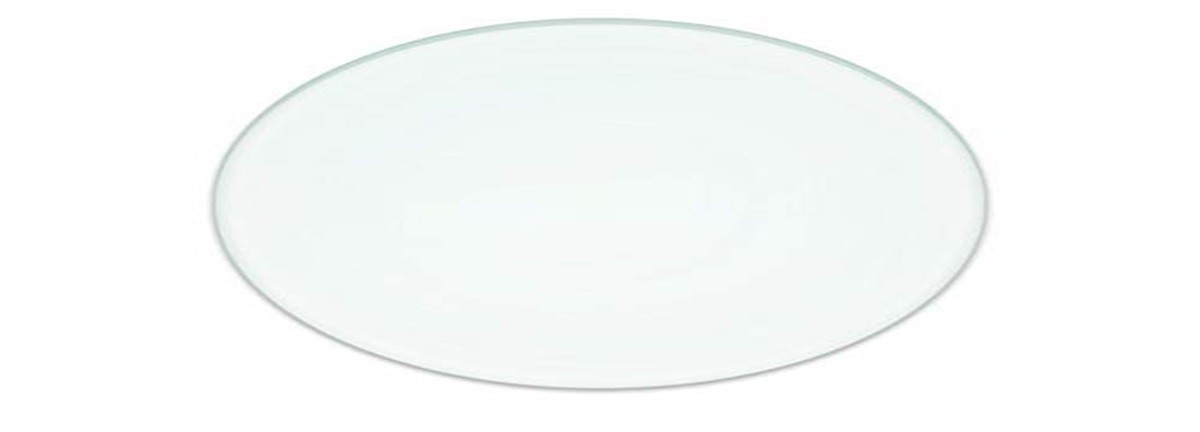
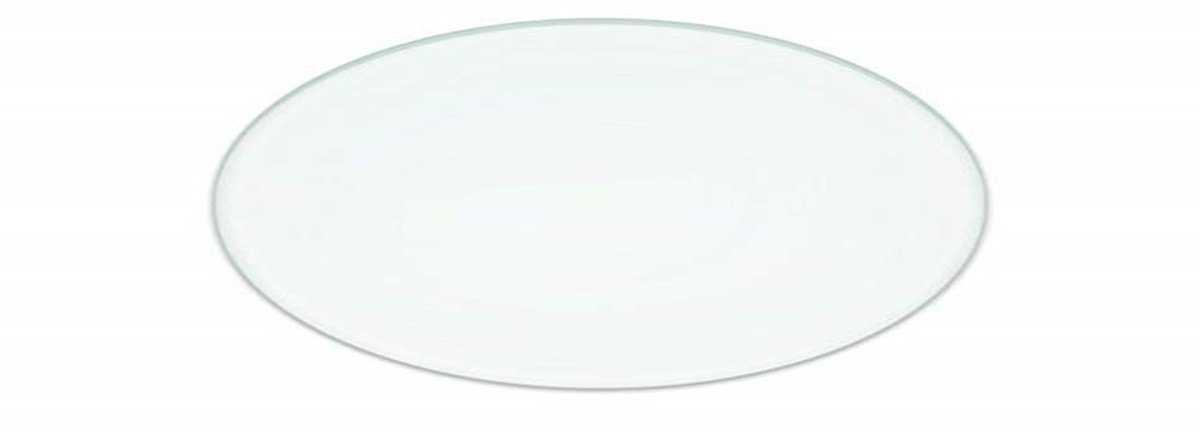

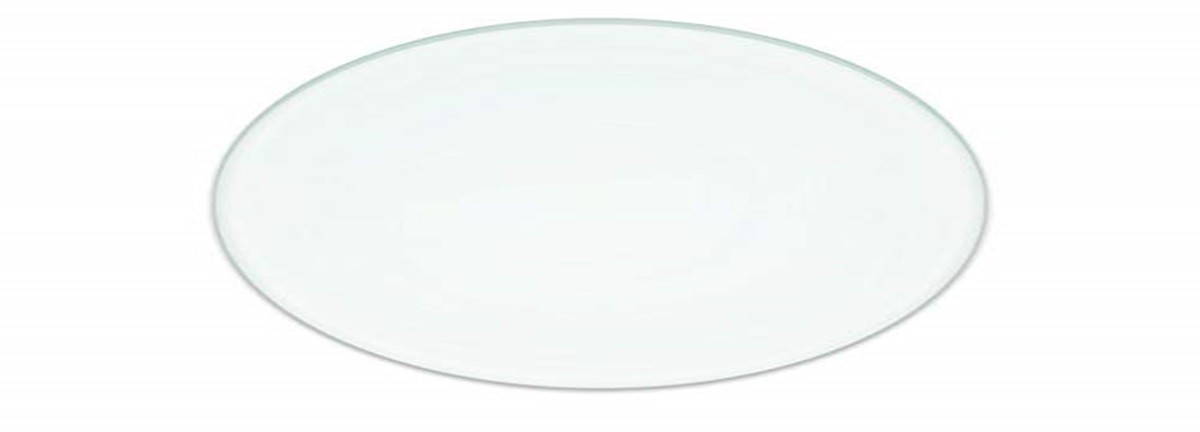

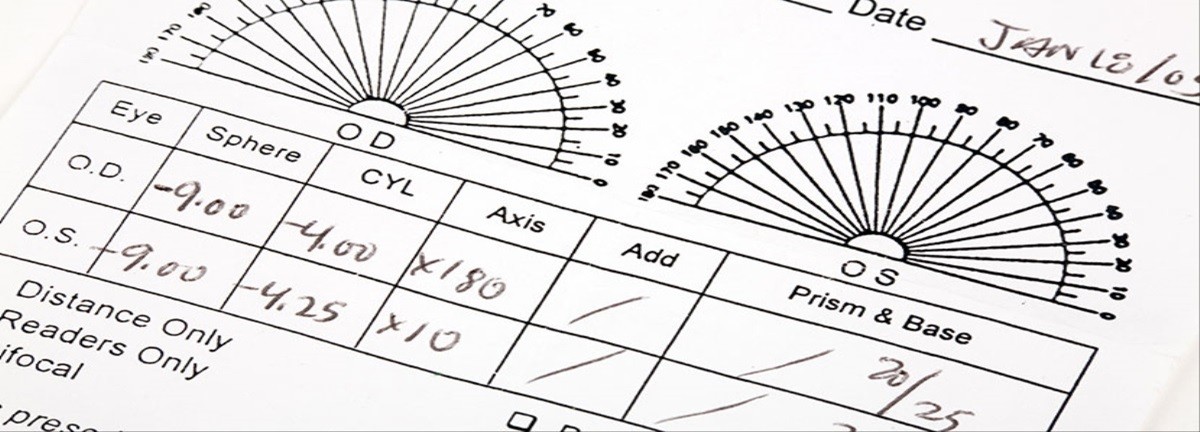





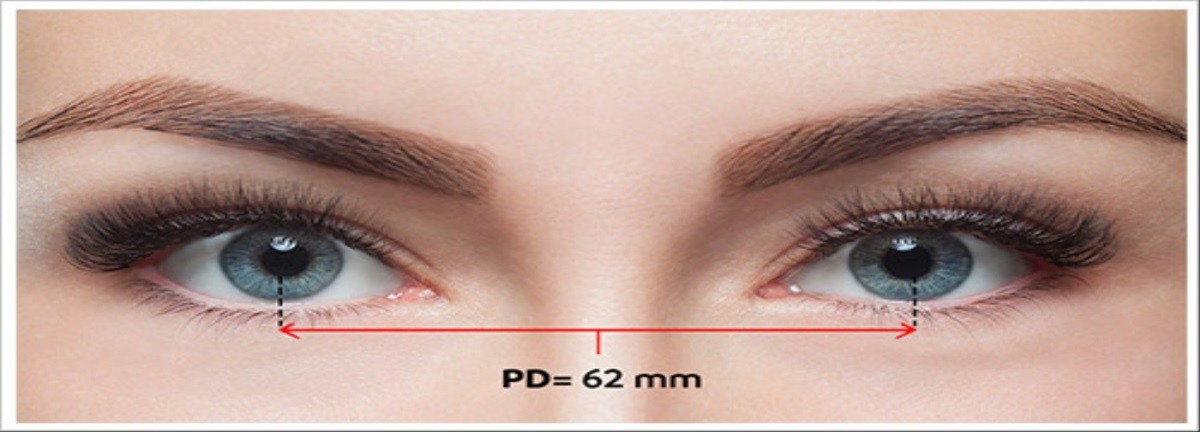
Leave a comment